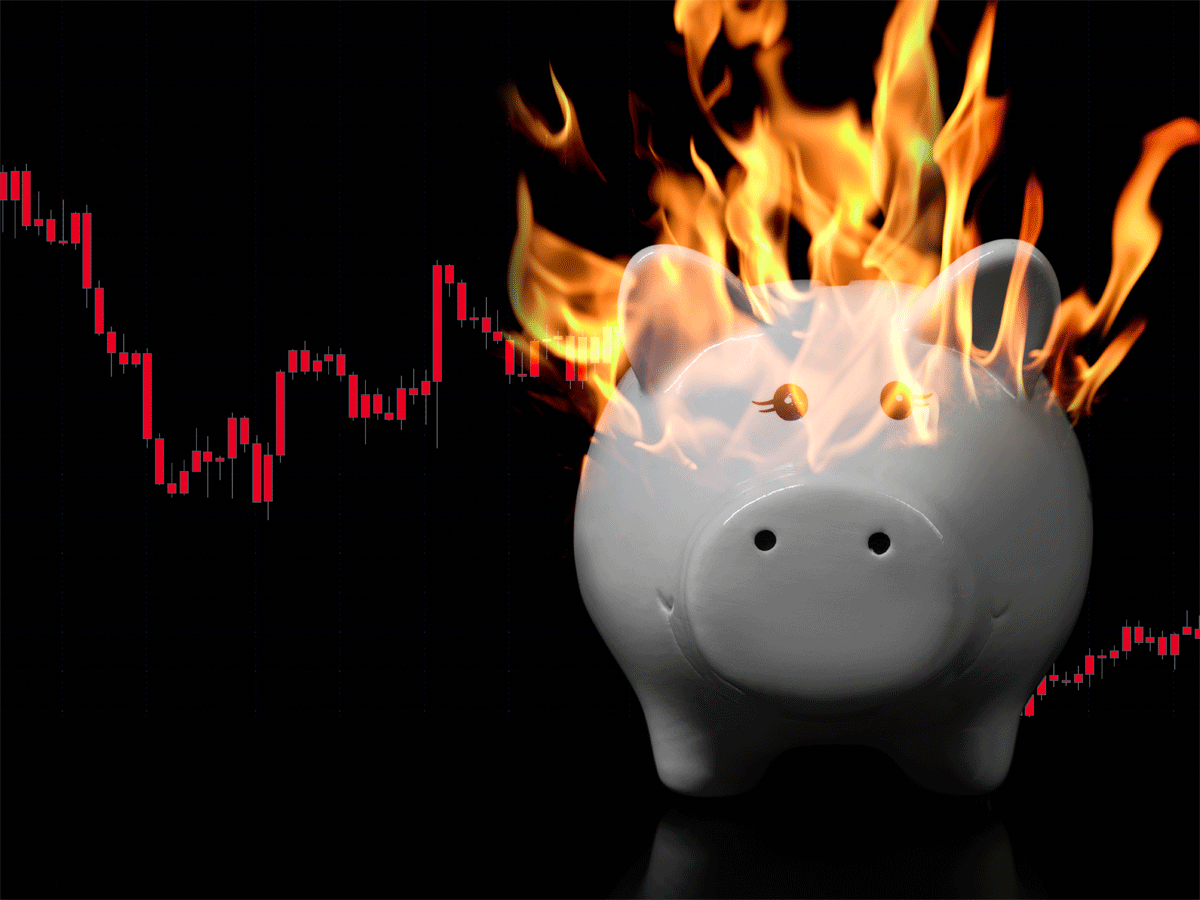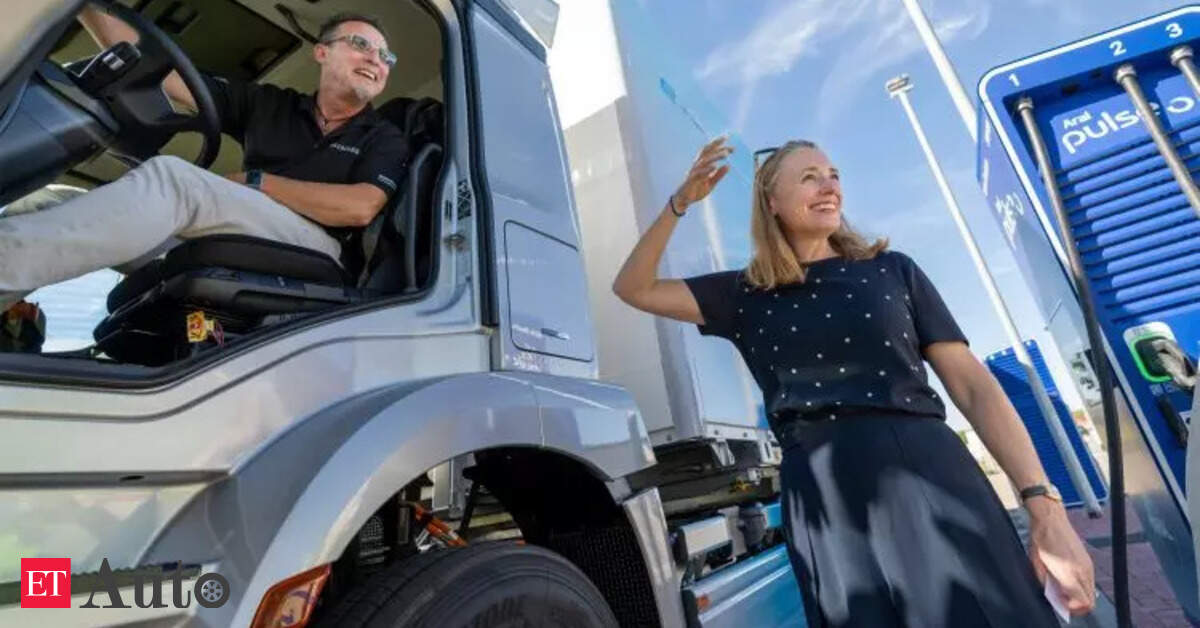[ad_1]

Inflation is the sustained increase of price in the economy. It measures how much expensive a set of goods & services have become in a period. Rising inflation can be costly for consumers, stocks, and the economy.Stocks tend to be more volatile when inflation is elevated.
The world is worried about the long-standing inflation brought by pandemic and lately by the Russia-Ukraine war. Initially, the economist presumed that the rising price level is temporary in anticipation of low demand, given the fragile state of the economy due to public restriction. But, as a domino effect, demand started to fetch much higher than expected, as economy opened in a staggered manner. Cheap money policy and large fiscal expenditure of government aided strong rise in demand. While low-capacity utilization and supply constrains affected availability resulting in high prices.
Before pandemic, world inflation was 2.4% in CY18 which cut to 1.9% in CY20, before jumping to 3.4% in CY21 and is expected to be elevated in CY22 due to Ukraine-Russia war and China’s covid zero tolerance policy.
A similar effect is seen in India, annual CPI was low & stable during 2018 to 2019 with an average inflation of 3.5%. Since then, it has been rising and rose to decade peak of 7.79% in April 2022. Generally, our domestic inflation is volatile and sticky to fuel & food prices. We are sensitive to agriculture food & service, which is based on an unorganized sector, leading to an imbalance in market availability & pricing.
Food & Fuel together accounts more than 50% of total CPI index, 46% & 7% respectively. Fuel has a strong direct & indirect effect on CPI, importing 80% of total country’s demand. High crude prices also lead to increase in cost of other goods due to rise in raw material, production, and transportation cost. It has a mass effect on a wide & populous country like India with a developing logistic & infrastructure structure. Inflation of India will continue to be sticky till the time we find a strong base of alternative resources like green energy and by bringing the pricing of food grains & product under organized structure. Need is to bring the availability of farmers output under a better reach, reduction in intermediaries, strong infrastructure with cold storage and govt’s MSP system.
Having said that we need to acknowledge the fact that India is a rising country and venerable to swing in inflation. The average inflation of India stands tall at 5.82% between 2013 to 2022. Attractive level of inflation is the need of a growing economy providing the essence of profitability & growth in the system. This can also be noticed from the long-term stance of RBI, suggesting a tolerance rate of average 4% and +/- 2%.
Investors should not be concerned about the recent high inflation data because it is due to low base and disruption of the world’s supply chain. Base effect is expected to reduce by Sept 2022 as international commodity prices have started to collapse sharply. Example, steel prices is down by 40% from its peak of May 2021. The trio effect of slowing economy, drop in easy money policy and rise in global supply will help to maintain international prices in control. IMF view is that there are better ways to bring the inflation under control without impacting the level of growth in the economy, giving an assurance to investors.
[ad_2]
Source link











